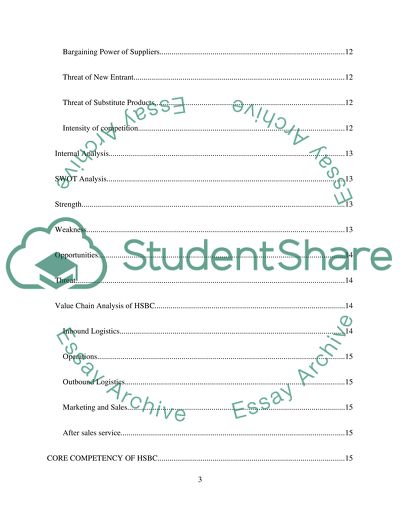Cite this document
(Redefining Customer Relationship Management Case Study, n.d.)
Redefining Customer Relationship Management Case Study. Retrieved from https://studentshare.org/marketing/1402321-corporate-strategy-assignment
Redefining Customer Relationship Management Case Study. Retrieved from https://studentshare.org/marketing/1402321-corporate-strategy-assignment
(Redefining Customer Relationship Management Case Study)
Redefining Customer Relationship Management Case Study. https://studentshare.org/marketing/1402321-corporate-strategy-assignment.
Redefining Customer Relationship Management Case Study. https://studentshare.org/marketing/1402321-corporate-strategy-assignment.
“Redefining Customer Relationship Management Case Study”, n.d. https://studentshare.org/marketing/1402321-corporate-strategy-assignment.


